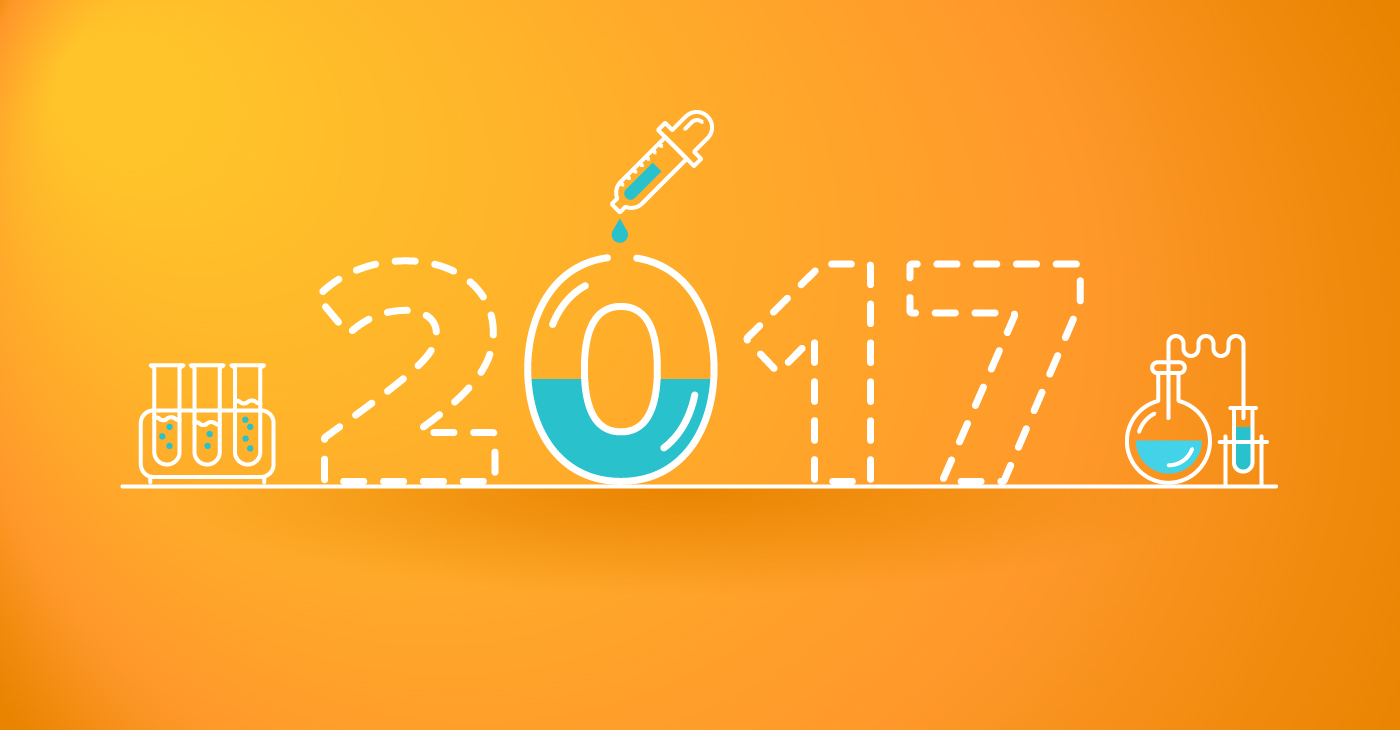
If you followed our advice this time last year, you should already have a pretty well-placed system for email marketing campaigns broken down by quarters. Every three months, your campaigns and directions are driven by core goals for that quarter. Alongside that, by now you also have in place a system of measurement. In other words, per quarter and per campaign, what are your campaign goals and how are you going to measure that data? How will you define success?
New Benchmarks for Success
In part a response to the limitations of email automation alone and the need to project marketing capabilities to meet the needs of the future, Benchmark rolls out a 2017 gamechanger: Automation Pro. Moving into 2017, you can further streamline how success is defined by using Benchmark’s newest defining feature. Using Automation Pro, success isn’t just about the click-open rate but about the customer journey each subscriber has with your brand through email marketing campaigns.
But the email campaign journey isn’t just about a deeper funnel – it’s about streamlining the target. One of the key trends for 2017 will be targeting. Targeting look at variable behavior factors such as demographic profile data, lifestyle, and preferences/attitude. Think of it as a pyramid that factors in behavioral analysis into your marketing. A powerful predictor applied behavior analysis (ABA)can not only help you understand the choices your subscribers make, but also the choices they can be expected to make.
Through the Looking-Glass of Behavior Analysis
In fact, social scientists are venturing further into marketing upon the industry’s realization that the science used to help understand and encourage behavior can also be used to help predict it. Some studies show that the “…collaboration between behavior analysts and environmental psychologists who study the correlation of individuals’ environmental concern and action with their attitudinal, demographic, and personality characteristics…[replacing] armchair theorizing with interdisciplinary and intervention-focused environmental research.”
ABA might be new to you but it’s, in fact, one of the fast growing sciences. A simple Google search for “ABA” or “applied behavior analysis” shows a staggering 16,500,000 hits and growing. The reason marketers love ABA is because it’s a practice based on evidence – so not just a theory of what’s going to work, but what actually works. It’s one of the most data-driven methods aside from the data you get from analytics. However, ABA allows for deeper understanding of behavior; you’re not just seeing a number as you would in analytics alone; you’re able to see why something happens and how to modify that behavior.
In other words, marketers can work with behavior analysts to not only interpret and predict behavior but to also shape it. In 2017, you can use ABA to help further perfect the subscriber journey through Automation Pro.
Shifting Gears to “Engagement”
That’s another thing that changes in 2017: we’re changing our thinking. Instead of relying on a clinical and transactional label such as “email marketing” we’re going to shift to “customer engagement” and we encourage you to think in this frame of mind too. Email marketing is something that happens. Customer engagement is something you do.
Customer engagement is realizing that emails aren’t a memo shoot, a black hole vacuum where messages go in one direction into an abysmal void of no return. In truth, email is the most real time digital space you’re going to get where YOU get to focus on the audience.
But there’s another sort of engagement that’s also prevalent for 2017. Piggybacking off of the hot use of gifs and video, we expect 2017 to be much more dazzling to the eye. Email campaigns are visually oriented, that almost look like inviting ads themselves, are going to be big. If Twitter, for example, is meant to communicate in 140 words, then people are already conditioned (think ABA) for quick and brief communication. This is why GIFs are so powerful, and why 30 second2-minuteute videos are also powerful tools to communicate your message.
Take a look at the Kate Spade email campaign, which is a perfect example of how visual drives message. Their email marketing campaign used their products to introduce a new line for a new audience – without ever showing a picture of the audience. The campaign is driven by a creative pairing of visuals to create a new visual: the target market. Not only does it engage, but it also entertains.
A 2014 Gallup poll show that customers who want to spend money, want to spend it on something they feel good about. Gallup – kings of predictive behavior – also based their customer engagement model “on the emerging science of behavior economics, which holds that the vast majority of customer loyalty and buying decisions are influenced by emotional as well as rational factors.”
Part of what it means to engage is that it means to ‘court’ the customer.’ This is especially true for Millennials but it’s a general qualifier for all customers – or subscribers. So as we’re shifting into customer engagement, think what is going to drive behavior for this segmented audience? What makes them feel good?
It looks like 2017 is going to be full of a lot of questions that involve getting to know your subscribers better.




